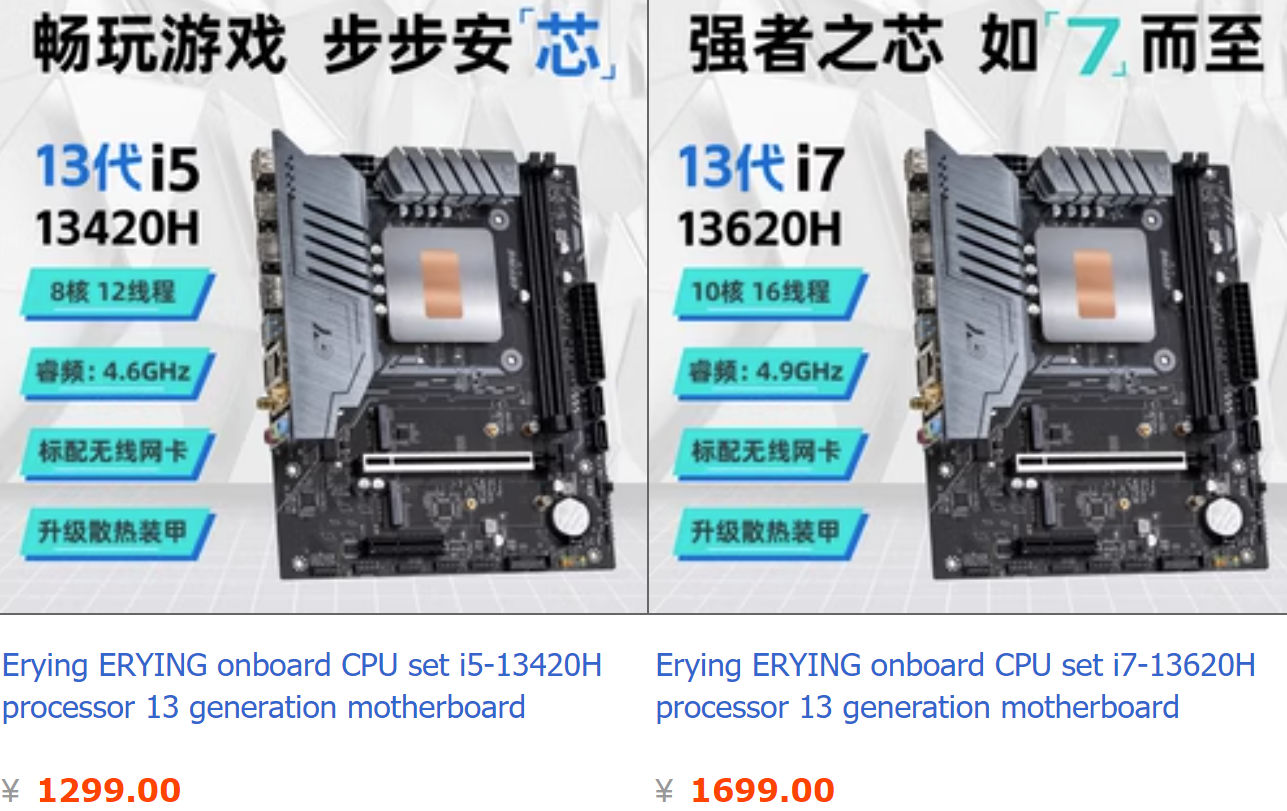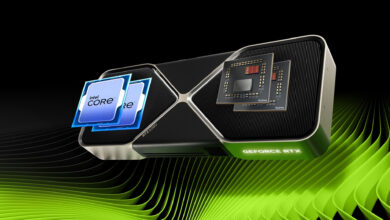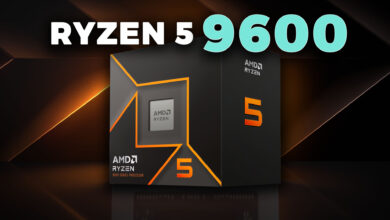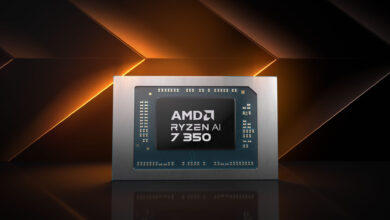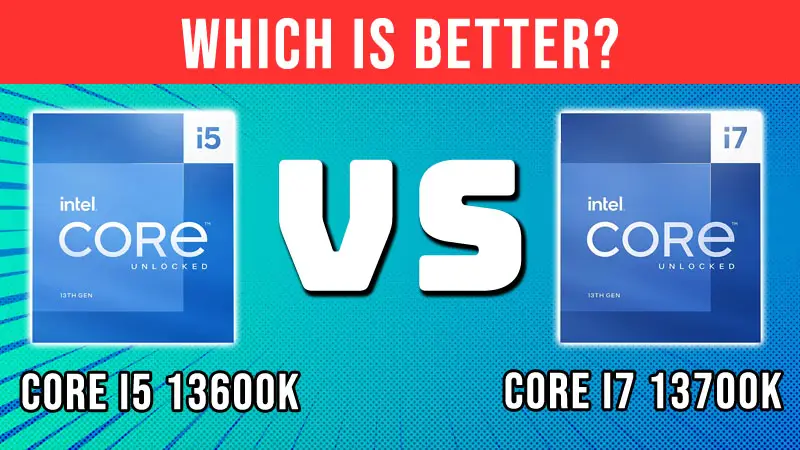When it comes to reliability, the main CPU or Processor of a computer lives for a long time, probably the longest among the various computer components.
There is no debate on why the CPU is the most important part of your computer because of its functions and this is why many users are likely to spend more money on a better CPU than any other component.
As much as reliable as it is, it is still not immune to any damage. It can be either damaged by improper handling where the user bends its pins and damages its body or it can be damaged by overheating.
If the CPU gets damaged by overheating or is on the verge of death due to the same, there are a couple of signs you can look for to verify if your CPU is really dying due to overheating.
Thermal Throttling
While CPUs generally don’t die as they protect themselves using the built-in sensors, there are symptoms that can be visible once your CPU starts to overheat.
The most common one is Thermal Throttling. Thermal Throttling is the lowering of the CPU clock frequency to maintain a temperature lower than the critical temperature set by the manufacturer.
When the CPU hits the critical temperature, it will automatically decrease its clock speed to stop overheating. Both Intel and AMD CPUs start to thermal throttle once they are close to 100°C.
To know if your CPU is thermal throttling, you can install a temperature monitoring software like CPUID HWMonitor which measures the temperature of each core in real-time.
Errors In Applications
Another way to tell if your CPU is not able to handle the high temperatures or is malfunctioning due to overheating is by checking for errors.
When a CPU-intensive application is run, the CPU won’t be able to sustain its clock speeds and the application may give an error. This will abruptly stop the benchmark or the operation.
To check if your CPU is affected by overheating with this method, use stress software like Prime95 and FurMark.
Inadequate Performance
Another symptom of a dying CPU is insufficient performance. If you are PC was running smoothly before and has slowed down drastically, it may be due to your CPU.
While the slow performance can be due to other hardware components, if you see your CPU dropping its core clock and usage frequently while you are in a game or application, it is a sign that your CPU is faulty.
When the CPU usage goes down to zero while you are in an intensive game or application, it’s telling that your CPU isn’t working as it should be and could be the result of overheating.
Use MSI Afterburner On-Screen Display if you want to monitor the CPU usage in real-time.
Blue Screen Of Death
If you see your Windows suddenly crash into a blue screen of death, then it might be due to your CPU.
BSOD is generally due to software or hardware where your Windows OS stops working and you have no choice other than restarting your computer.
If you encounter BSOD in the middle of an application or game, it can be due to your CPU. When you see the blue screen, make sure you note the code displayed.
If you are using an Intel processor, troubleshoot using Microsoft’s blue screen errors page to know the exact cause of the problem. If you find out that the culprit is your CPU, it can be due to overheating.
Final Words
Generally, CPUs live a long life and they have no problem running for at least a decade if proper care is taken. Make sure you change your thermal paste and install a better CPU cooler if you see any of these symptoms.

